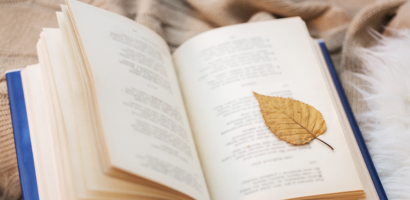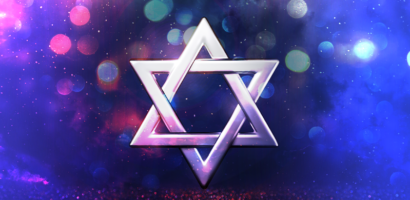The Shabbat is the most important day in Judaism.
In Judaism, the concept of making distinctions and separations permeates many facets of religious life. We distinguish between holy time and mundane, or ordinary, time.
The Torah teaches that God created the world by making distinctions, first between light and darkness, next between water and empty space, finally between earth and water. We also make distinctions in our lives, and primary among them is the distinction between sacred time and ordinary time. To mark the beginning of sacred time, we light two candles and recite a berakhah (blessing) which praises God, who commanded us to kindle the lights in celebration of the occasion.
We mark the end of that sacred time period with a ceremony called Havdalah, in Hebrew language”separation”. It, too, begins with light, as we kindle a braided candle. The most common time to perform the ceremony of Havdalah is weekly at the end of Shabbat when three stars appearing in the sky. Havdalah is also performed at the end of other festivals and holy days.
The primary symbols of Havdalah are the braided candle, kiddush cup containing wine, and spice box containing sweet-smelling spices. The lighted candle symbolizes the light of Shabbat and the strands of the braid have been interpreted as the many types of Jews in the world, all of whom are part of one unified people. The wine is, as always, a symbol of joy. We take one last sip of the joy of Shabbat as we bid the Sabbath goodbye for another week. The ceremony ends with singing Eliyahu HaNavi in the hopes that Elijah theProphet will come to herald the messianic age when the world will become one long Shabbat.
For the Havdalah service, a kiddush cup is filled to overflowing as an expression of hope that the coming week will be a good one. The tradition arises from an earlier custom that the spilling of wine can protect you from evil spirits.







 Available on WhatsApp
Available on WhatsApp
Join the conversation (No comments yet)